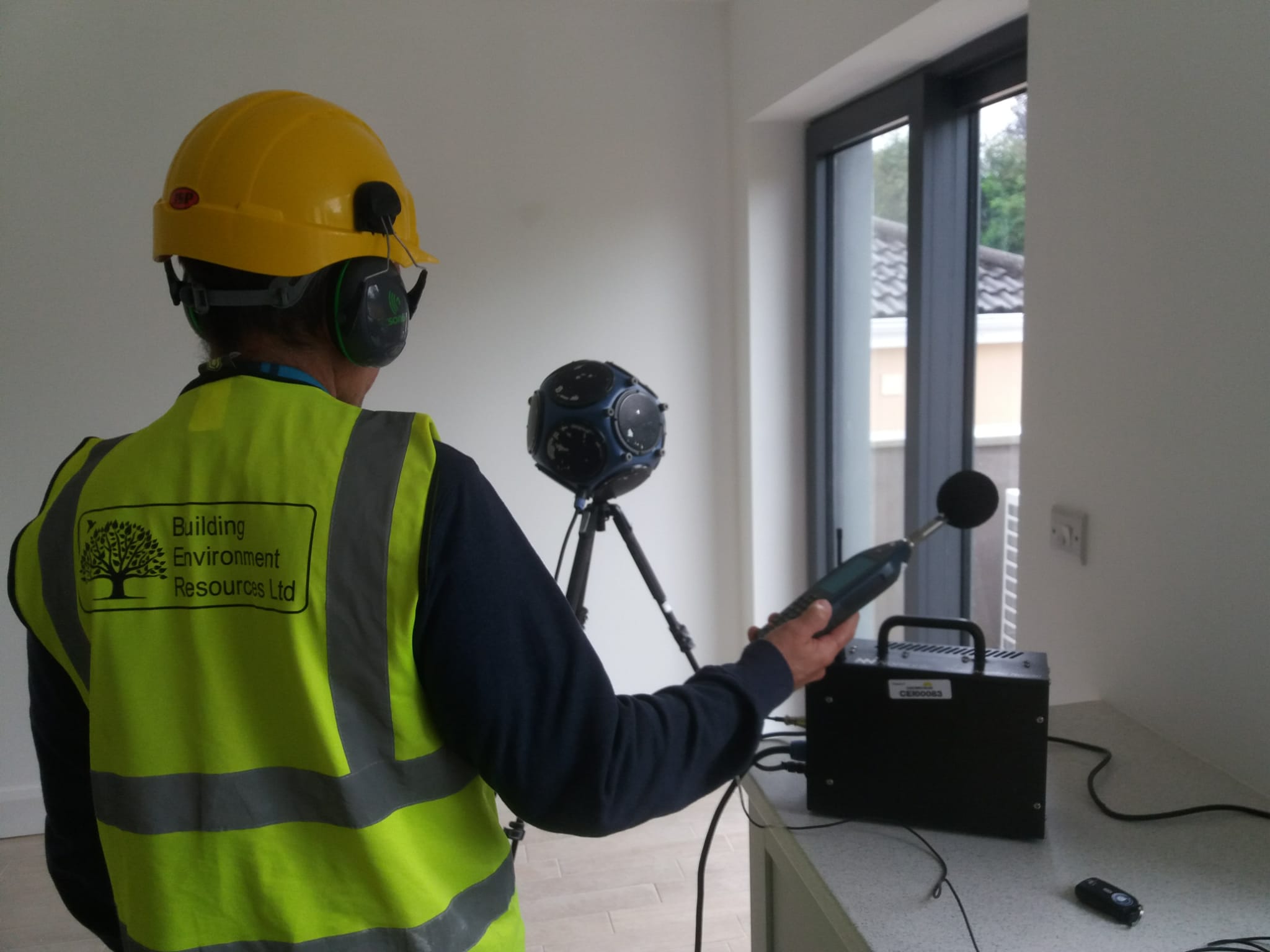SOUND INSULATION TESTING
Sound Testing determines the level of sound between two spaces separated by a dividing element. Based on test results, suitable sound insulation can be identified to reduce acoustic impact on adjoining rooms and buildings and keep noise within an acceptable level.
Sound Insulation Testing measures how much noise travels through a property’s walls, floors, and ceilings to neighbours or adjoining buildings. We recommend that testing should be carried out in the early stage of your project. Then, if there are sound issues they can be easily rectified as part of the build or retrofit process. To find out more about the regulations governing sound, see here:
Technical Guidance Document Part E.
bOOK YOUR SOUND TEST: 021 700 4001
No noisy operations around the property (during testing).
Ceilings, walls and floors completed (no cosmetic floorings).
All doors (external & internal) must be installed.
All windows should be fitted and closable.
50Hz (240v) power within the dwellings is required.
WHAT IS SOUND TESTING
If there is under ten dwellings in the tested construction, our standard set of test sounds is composed of:
– 2 impact Tests (Floor Tests),
– 4 Airborne Tests (2x Floor & 2x Wall Tests).
Amount of tests can be increased or decreased depending on the quantity and type of the dwellings.
Considerations on site:
1. No noisy operations around the property (machinery during testing).
2. Ceilings, walls, and floors completed (no cosmetic floorings).
3. All windows are fitted and closable.
4. All doors (internal & external) must be installed.
5. Any Ventilation Systems should be closed.
6. Power within the dwellings is required (50Hz/240v).

Impact Testing is carried out on the floors (only if applicable to the property). A tapping machine is placed on the floor of the upper of the test rooms and is used as the sound source to measure the noise received in the room below. (Simulating footfall).
Airborne Testing is undertaken by initiation of a controlled noise on one side of the wall (or floor) and measuring the pressure level of the sound on the other side. It allows us to calculate the difference between two rooms and to compare the obtained results to the requirements of performance. This provides the result of the airborne sound insulation.
